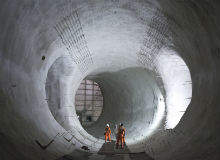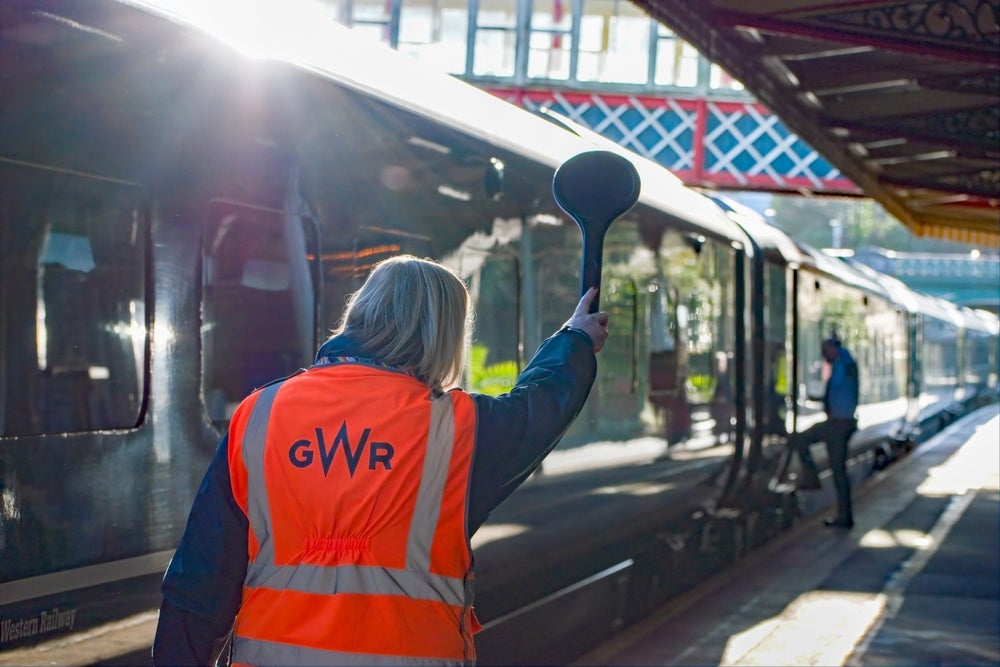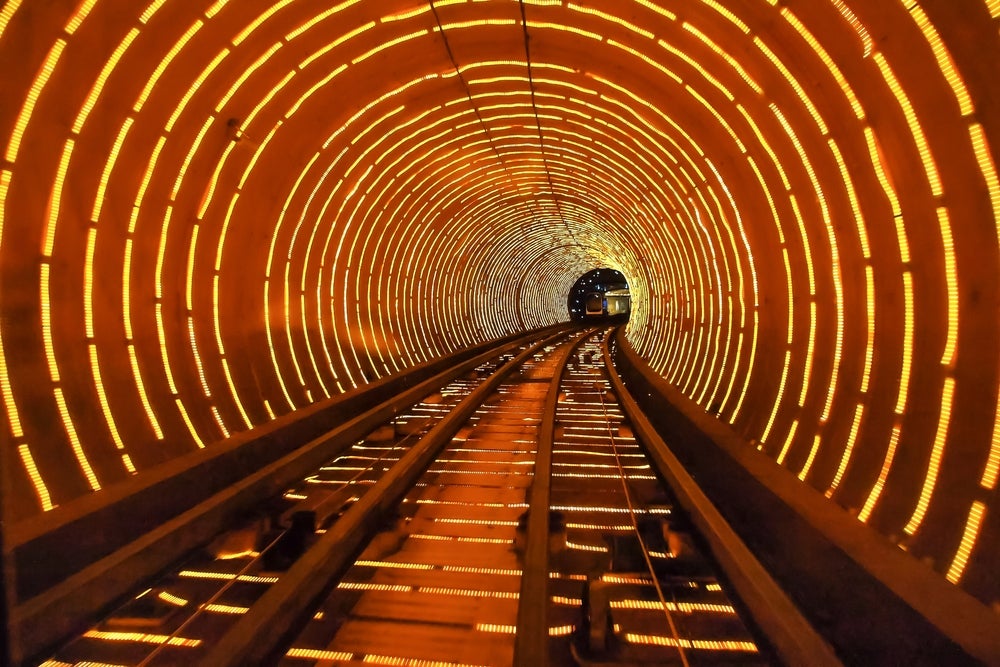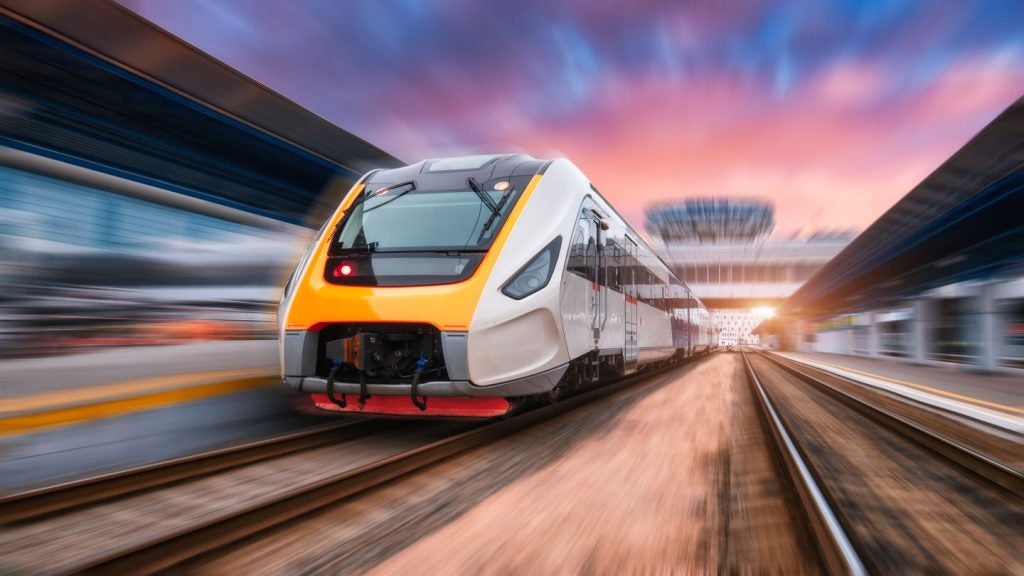

Launched in February of this year, Crossrail's Learning Legacy (LL) seeks to take what has been discovered, tried and tested from its years-long construction and engineering effort, and pass it on to the next era of infrastructure.
Whether that be tunnelling through the eye of a needle under London, managing relationships with its two sponsors – the Department for Transport (DfT) and Transport for London (TfL) – or committing to an apprenticeship programme, those at the top want others such as Crossrail 2 and High Speed 2 (HS2) to 'pinch with pride'.
The cynics might say it makes for good PR, and yes, it does look good on paper. But, there's unquestionably a desire at Crossrail to see that what they have created is not wasted.
The idea of legacy "really springs from the London 2012 Olympics", says Simon Bennett, Crossrail's head of LL. "London 2012 was a public project and had its own general requirements for legacy. Part of that was that the construction part of it should have a legacy for future projects.
See Also:
"We've tried to raise the bar and move things on from 2012," he adds. "What we are doing is sharing what we have learned internally, externally."
How well do you really know your competitors?
Access the most comprehensive Company Profiles on the market, powered by GlobalData. Save hours of research. Gain competitive edge.

Thank you!
Your download email will arrive shortly
Not ready to buy yet? Download a free sample
We are confident about the unique quality of our Company Profiles. However, we want you to make the most beneficial decision for your business, so we offer a free sample that you can download by submitting the below form
By GlobalDataDivided into themes
As you can imagine, there is a never-ending stream of ideas and practices Crossrail could share. To keep it workable, LL is divided into twelve themes: Project and Programme Management; Procurement; Authorisation and Consents; Land and Property; Health and Safety; Environment; Engineering; Operations; Talent and Resources; External Affairs; Innovation; Information Management and Technology.
Each theme has topic areas within it and is designed so people can find what is relevant to them. A dedicated website has been created for this purpose, while events, in collaboration with external partners, are also in the pipeline.
"We looked at the functions within Crossrail and how it divides into different elements," explains Bennett. "You can't look at it and think of it as one, single project. There's a getting the powers project, creating a company, acquiring the land, clearing the land, and then building tunnels. Once you've done all of that only then are you building the railway."
That, in essence, is the challenge of the LL. What do you share? What makes it through and what doesn't? This is why the LL's external partners, including the likes of the Institution of Civil Engineers (ICE), the Major Projects Association and the Institution of Engineering & Technology (IET), have been drafted in. It is not simply an in-house, narrow strategy.
To date 100 documents have been released. The content is reviewed by either Crossrail or partner organisations, says Bennett, so "it is in the right language and pointed at the things people want to know". This is the right path to follow, says Nathan Baker, director of engineering knowledge at the ICE.
"If people can't contextualise that learning or don't know how to use it, it is of very little relevance," Baker adds. "If you don't have a legacy and you don't expand that as part of a knowledge network, you're missing a trick."
Crossrail 2, HS2 and skills: what it means for the future
Now is the opportune time to strike, as major infrastructure pledges such as HS2 and Crossrail 2 appear on the horizon. These will test the strength of the UK's rail and construction industries to the limit. And bear in mind the skills question that regularly makes an appearance at industry events.
It seems obvious that those involved in these projects would look to tap into Crossrail's knowledge, but Bennett says collaboration has not always been as highly sought after.
"The industry has not always been the best at learning lessons. It tends to learn lessons at a low level, within a project – such as building one station – but translating it for future projects, it has not been particularly good at that." Why? "Because you have to hit the ground running. There's always a budget and a deadline, and therefore people do what they know."
One of the notable topics for Crossrail 2 is tunnelling. The proposed route connects the National Rail networks in Surrey and Hertfordshire via new tunnels and stations between Wimbledon, Tottenham Hale and New Southgate.
Bennett says: "As far as Crossrail 2 is concerned, we are learning a huge amount about building sprayed concrete lined tunnels (rapidly spraying the excavated ground with concrete to stabilise it and form the permanent tunnel lining) and stations in very close knit areas, where there are buildings and residents above."
If you look at the LL themes, only one is dedicated to engineering per se. There's an industry-wide acknowledgement of the skills challenge and a push to do something about it. At LL, this is the talent and resources theme, which Bennett says his team will be focusing "very heavily" on in the months to come.
For Anna Bonne, head of the transport sector at the IET, it is an opportunity that the rail and construction communities cannot afford to miss. "Large infrastructure projects with a budget of £14.8bn don't happen every day," she warns. "We need to be inspiring the next generation who have the capabilities to embrace and develop the next generation of technologies that will address our future social needs."
To date on Crossrail, more than 500 apprenticeships and around 4,400 jobs for local and unemployed people have been created, while 12,000 people have been trained at its Tunnelling and Underground Construction Academy. The "real strength" of this is to make sure it is not a static legacy, says Baker.
Our most important lesson: get the relationships right
This is what Bennett and his team hope to avoid by updating LL as they go, releasing information in tranches. It also helps that it has been launched while Crossrail is still in the throes of construction; expect much more to happen on the learning front as it approaches its anticipated start date of 2018, when trains will run on the central section.
"It is totally broad," says Baker. "The amount of information on how to manage stakeholders, communications, safety, an efficient supply chain, commercial management, financing; this is all absolutely fundamental to making sure that a good infrastructure project runs well." Bonne believes it is a great example of interdisciplinary engineering.
In a nutshell, what's the most important lesson? Bennett hesitates. "What I always want to tell people," he says, "is the thing that has enabled Crossrail to deliver is that our sponsors have been at arm's length, but have had the right information [and input].
"The DfT and TfL, they both put money in, both want to see what we are doing and both want to safeguard their investment." You could assume, he continues, that having two sponsors could be a recipe for disaster, but not for Crossrail.
"This has massively helped us get on with what we need to do," says Bennett. "That's the single most important lesson."






